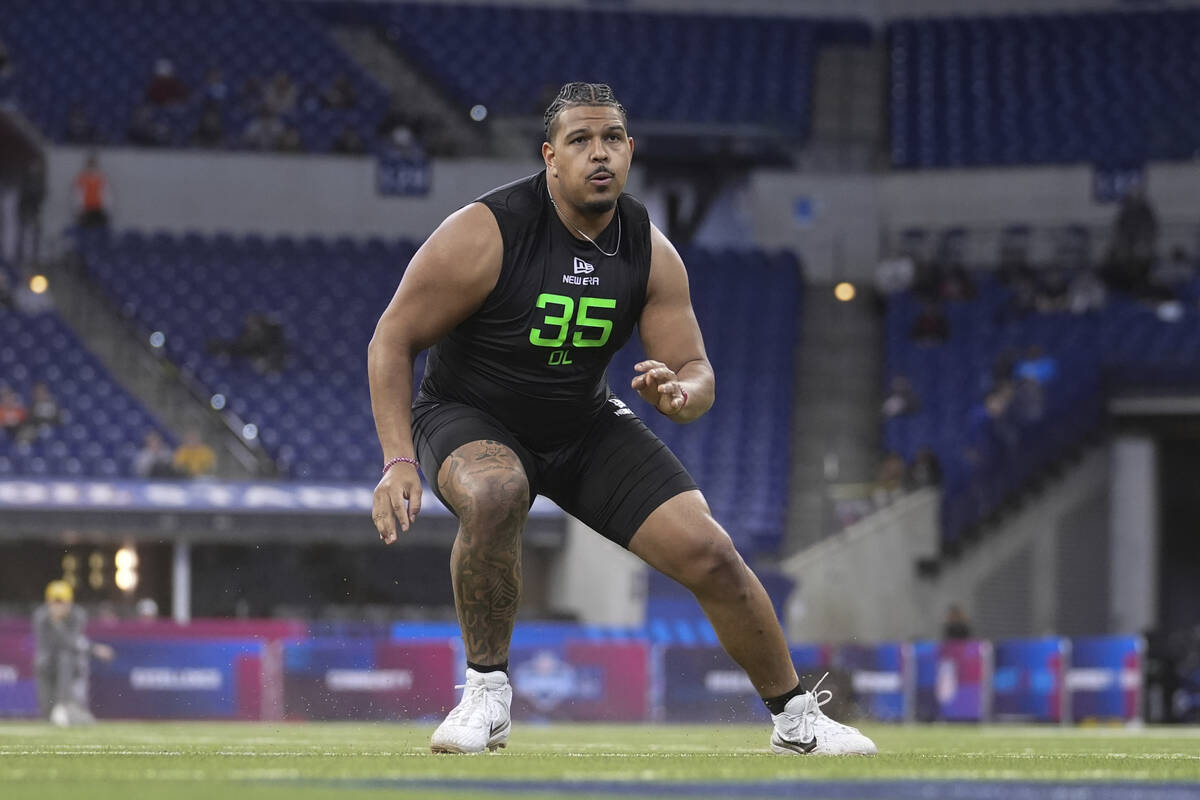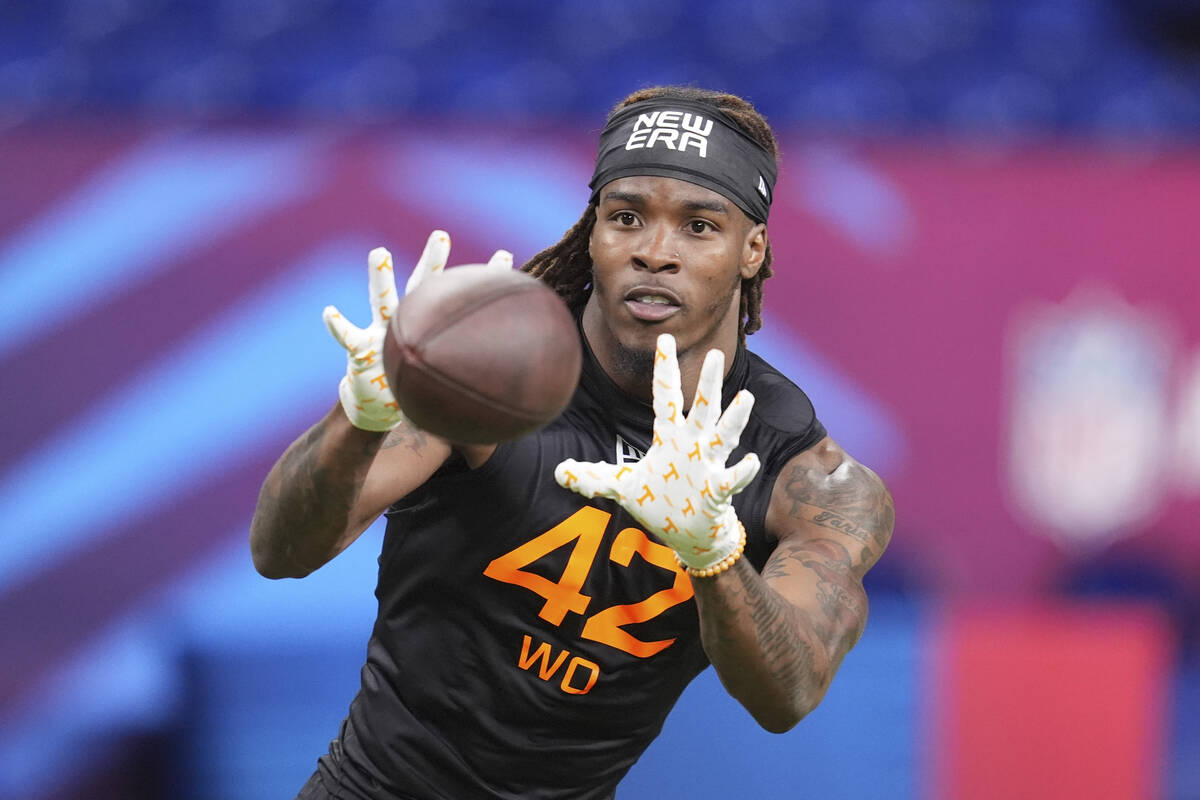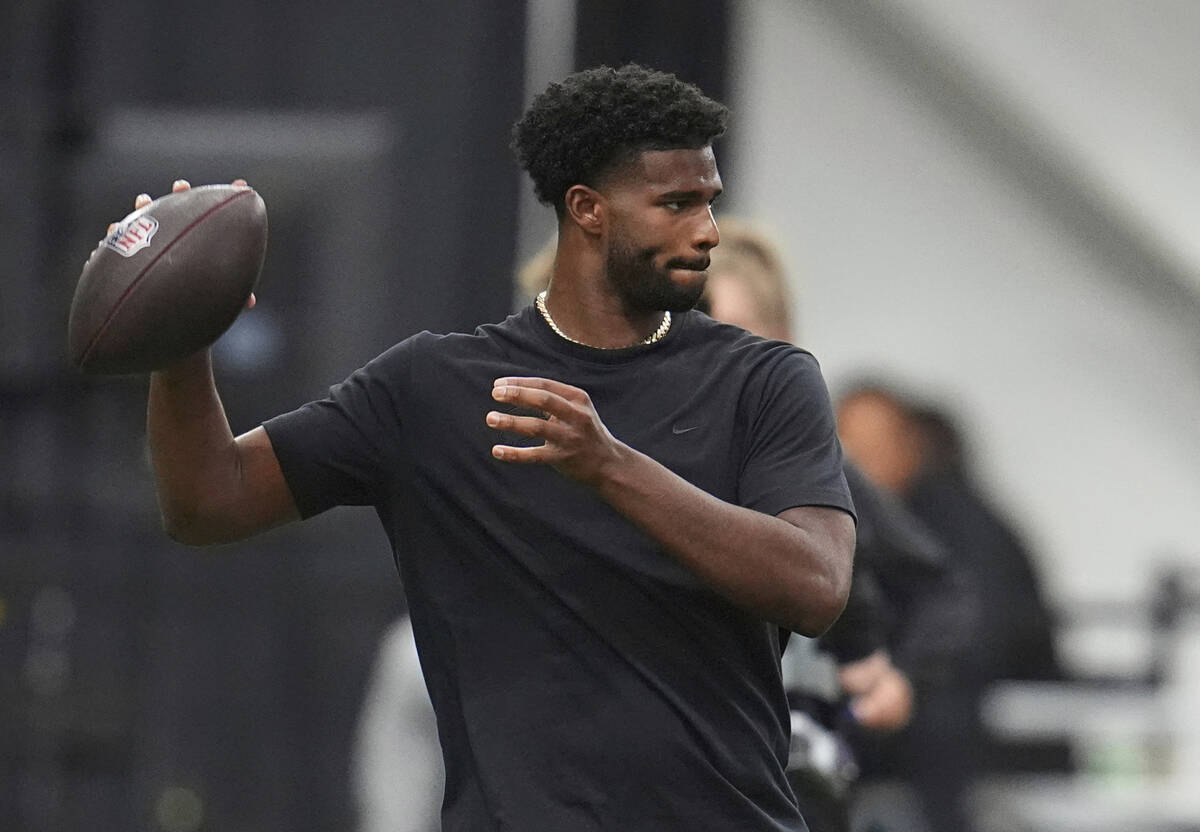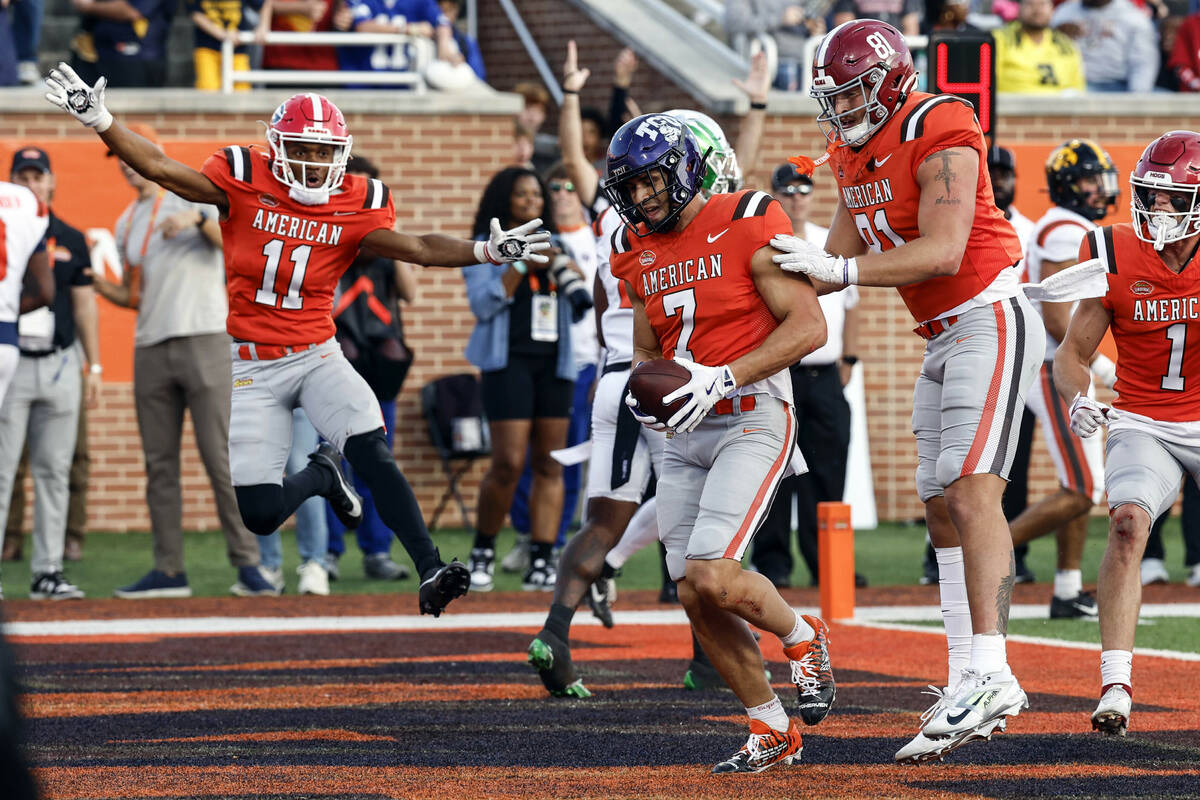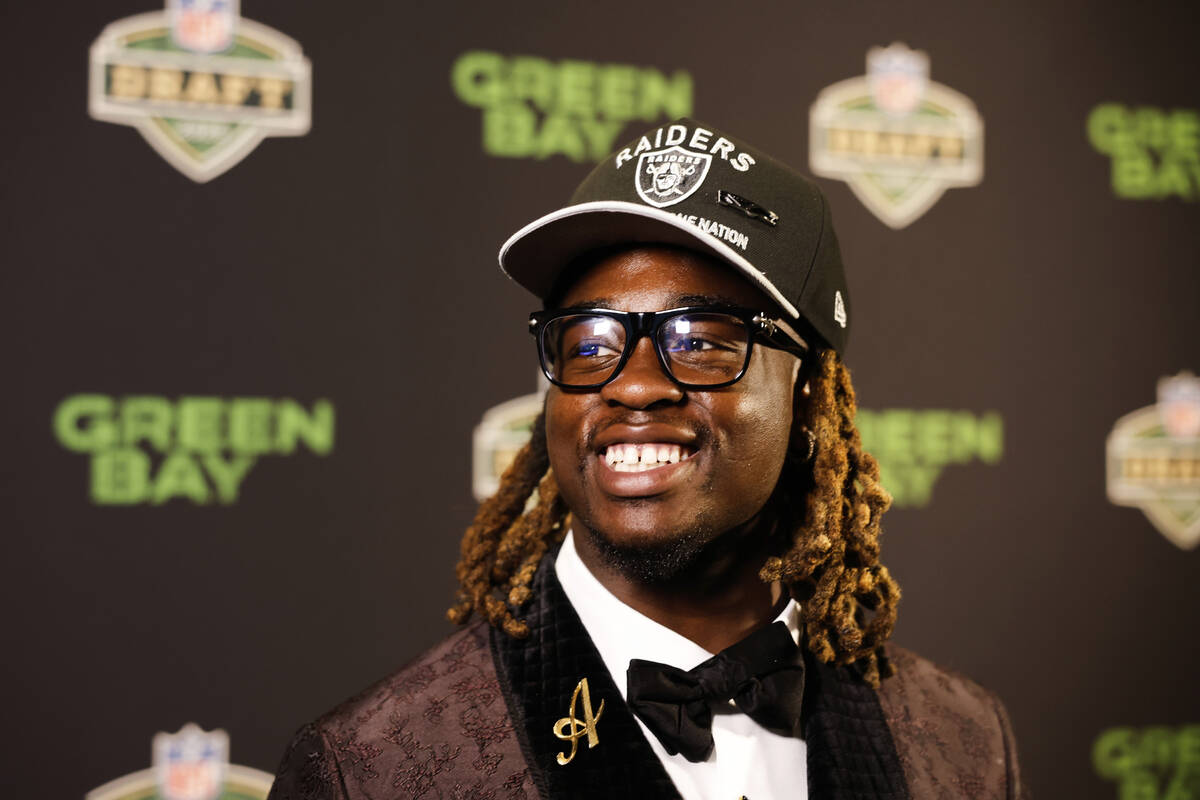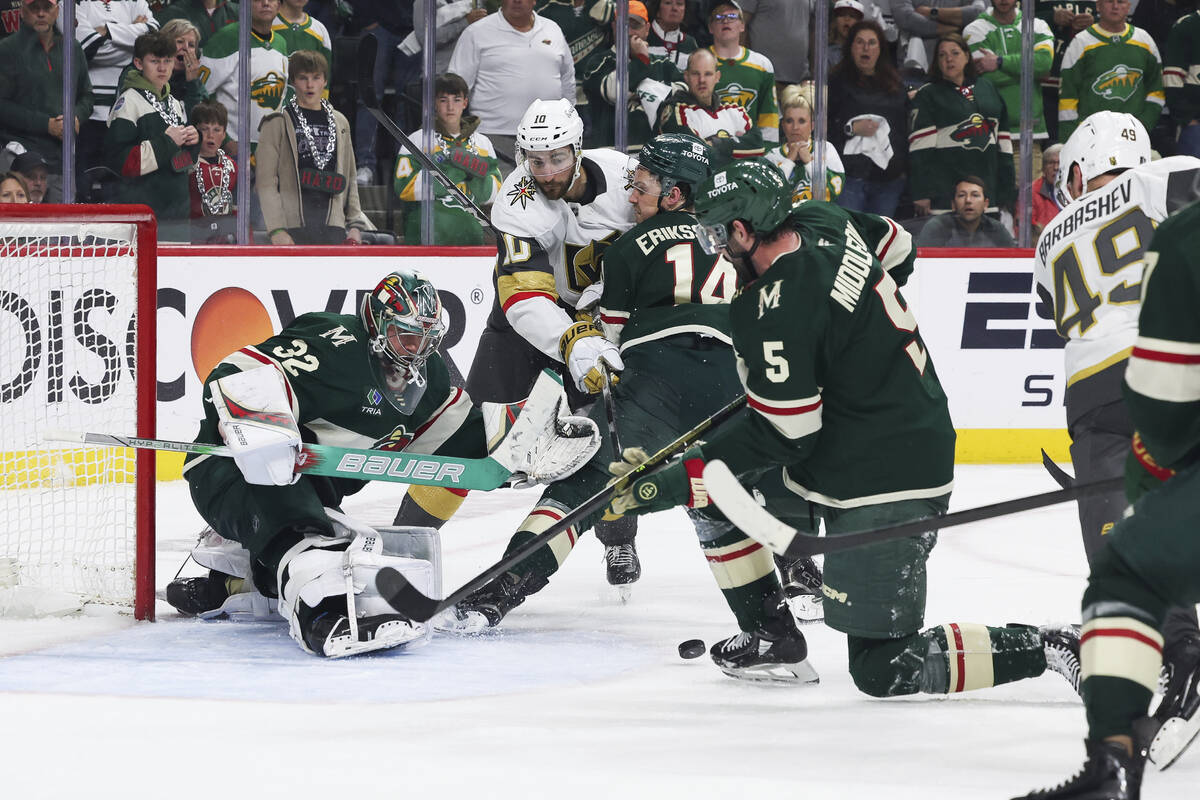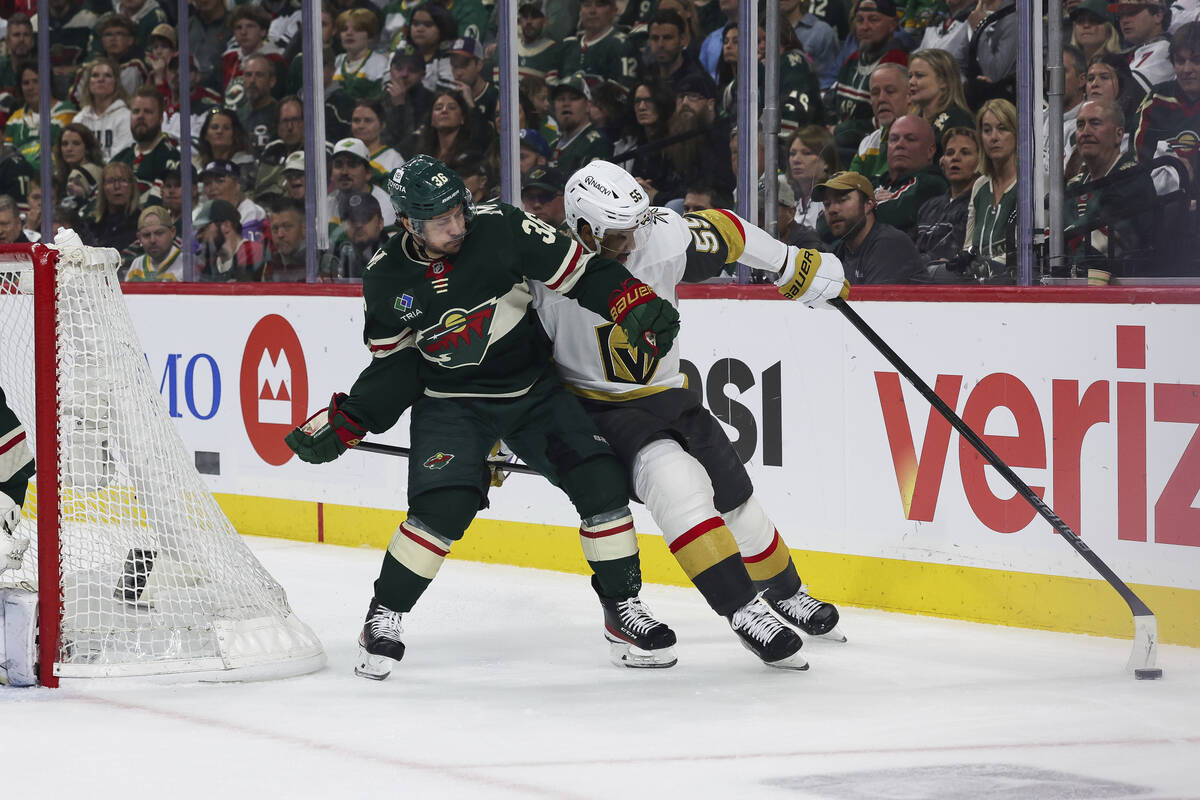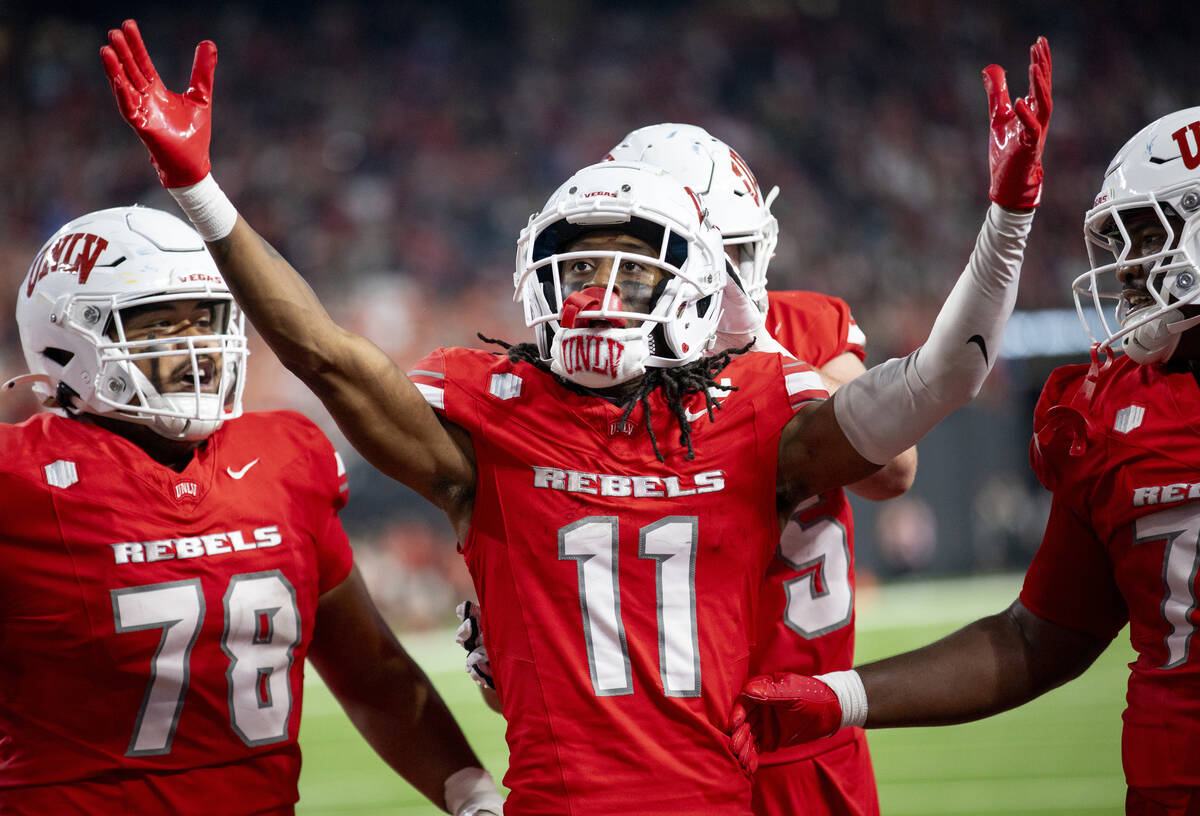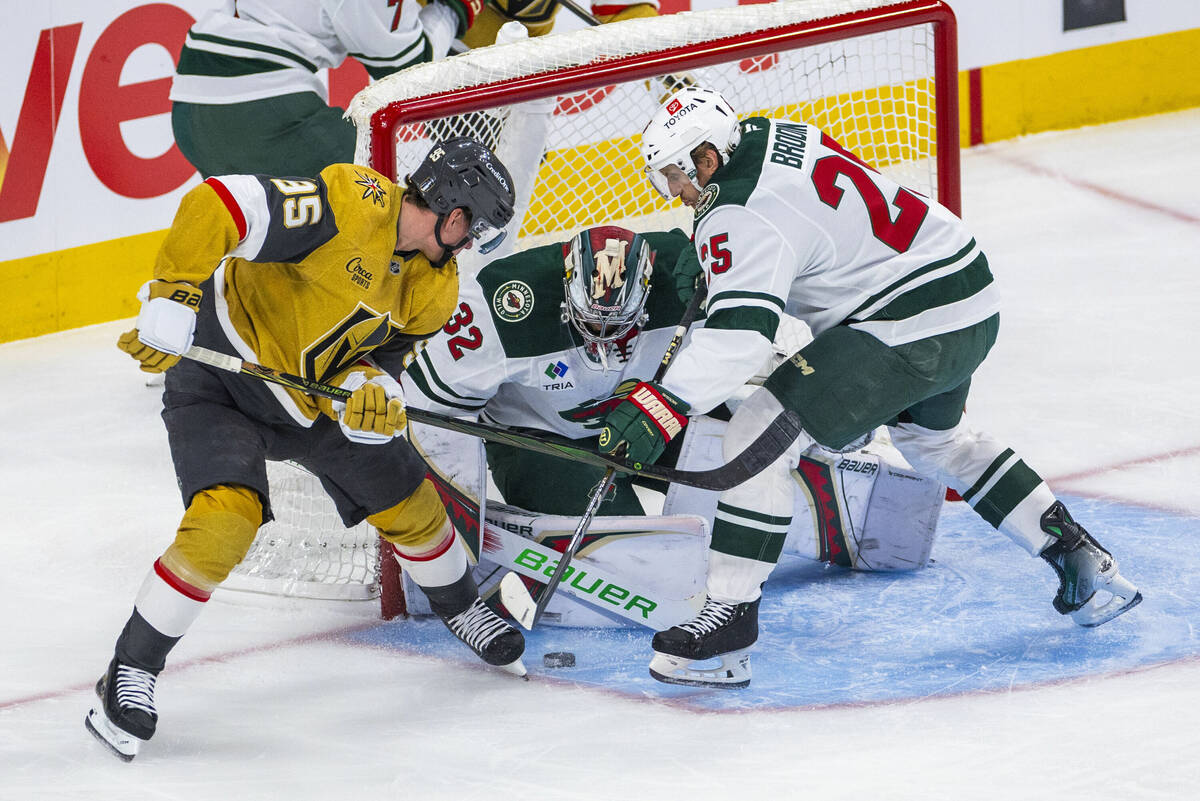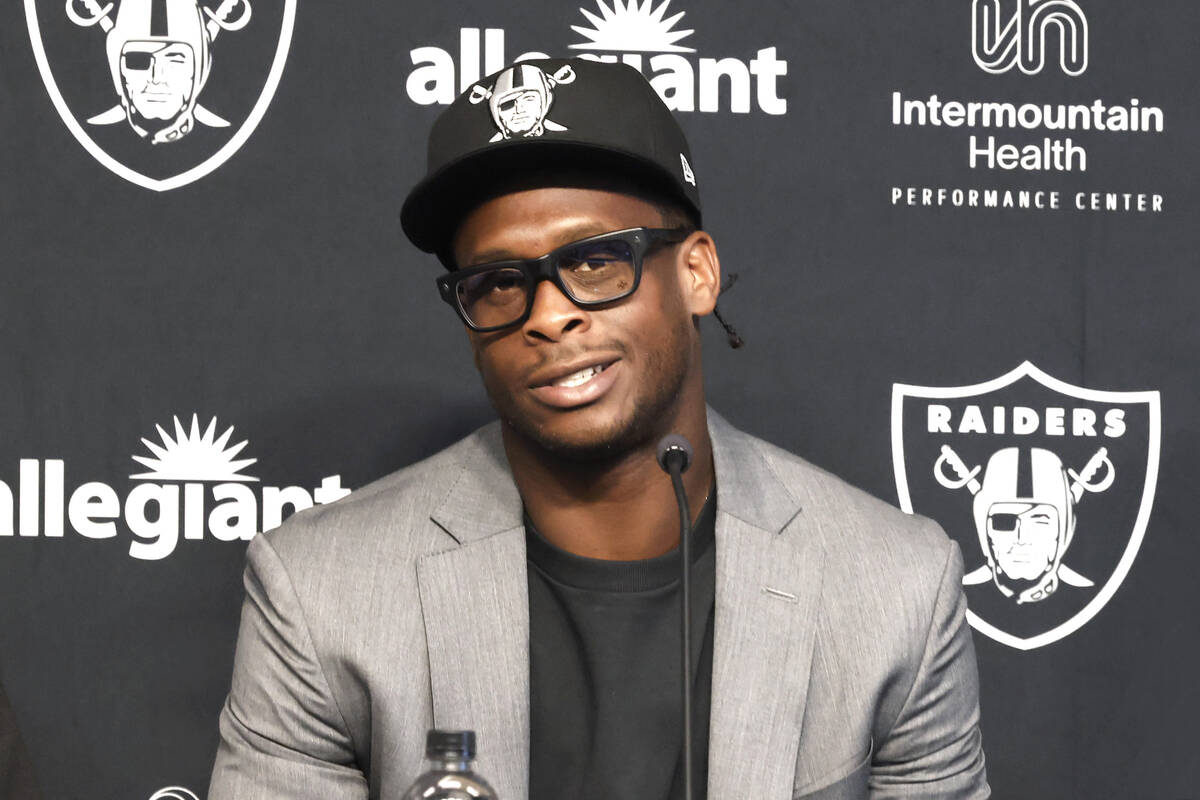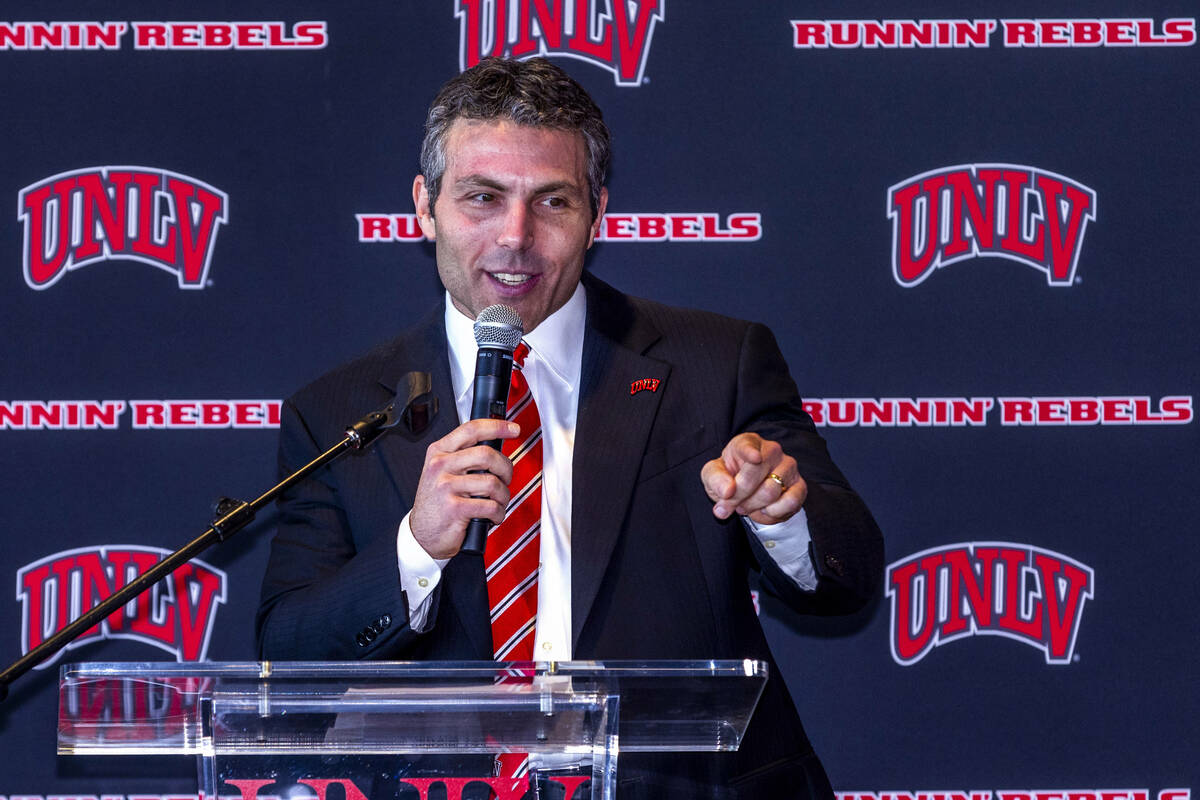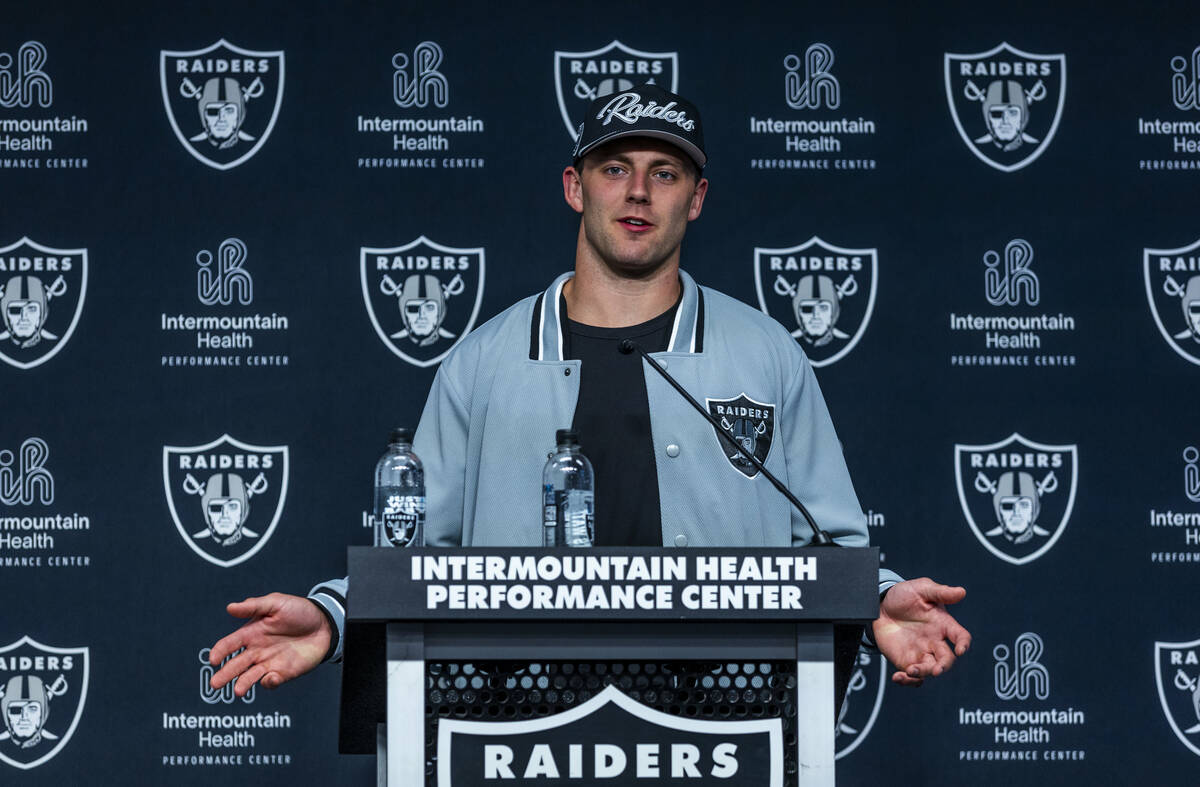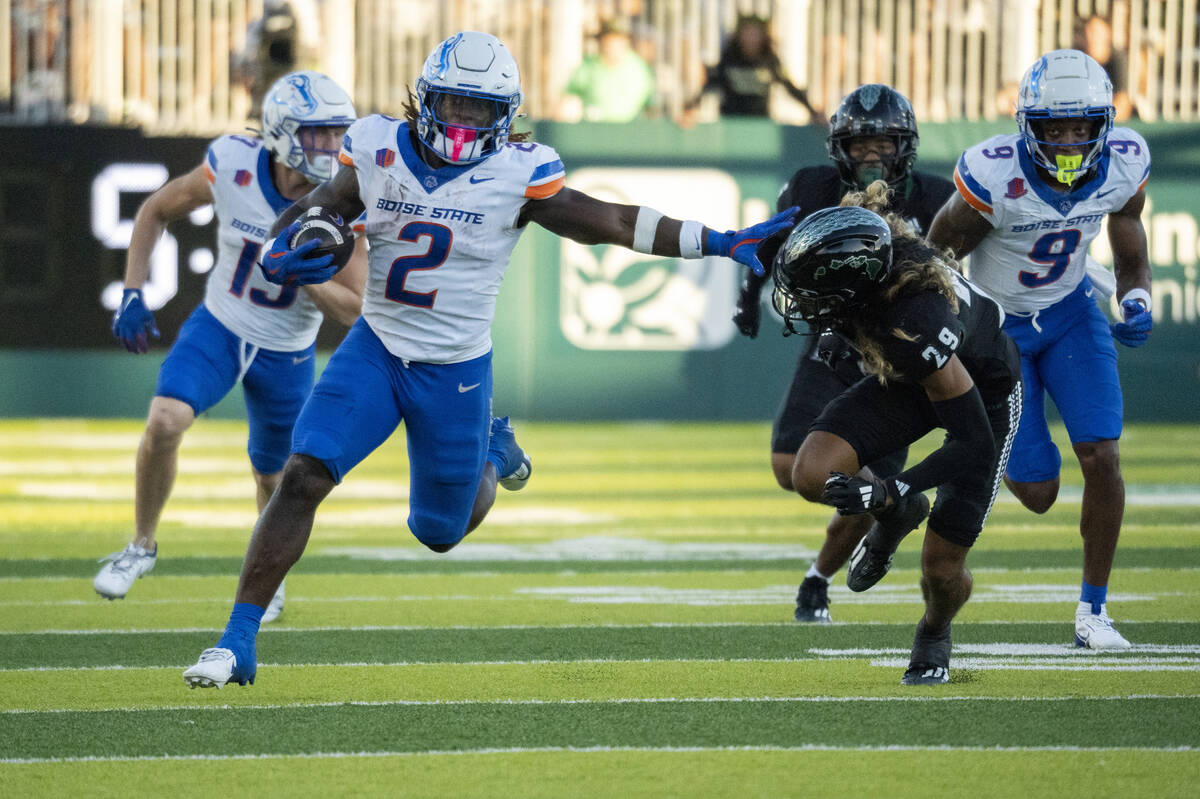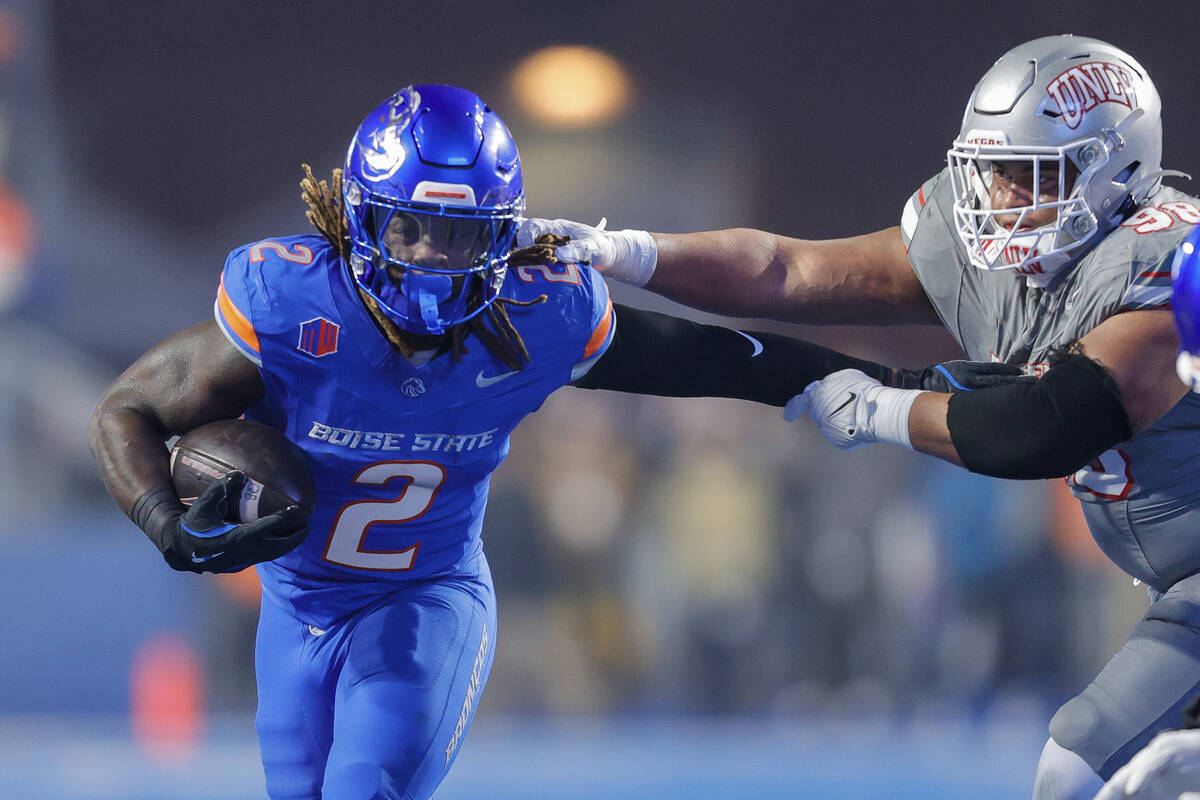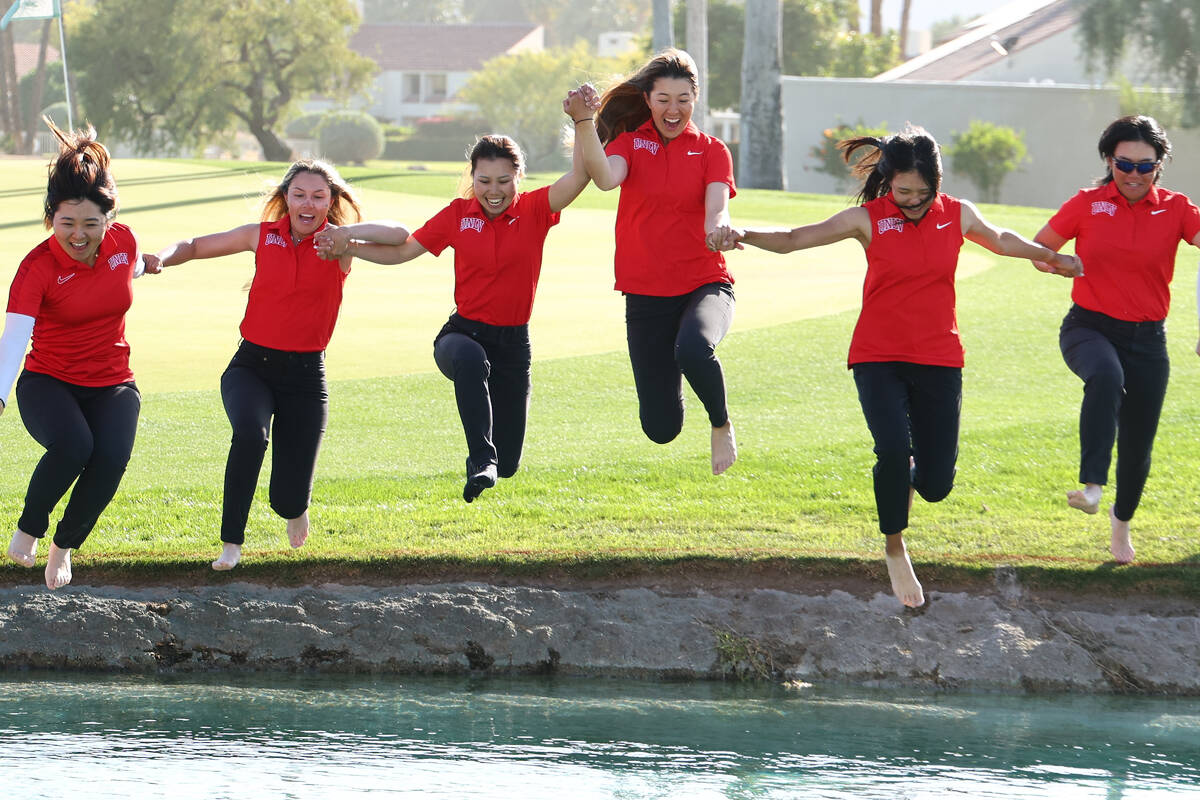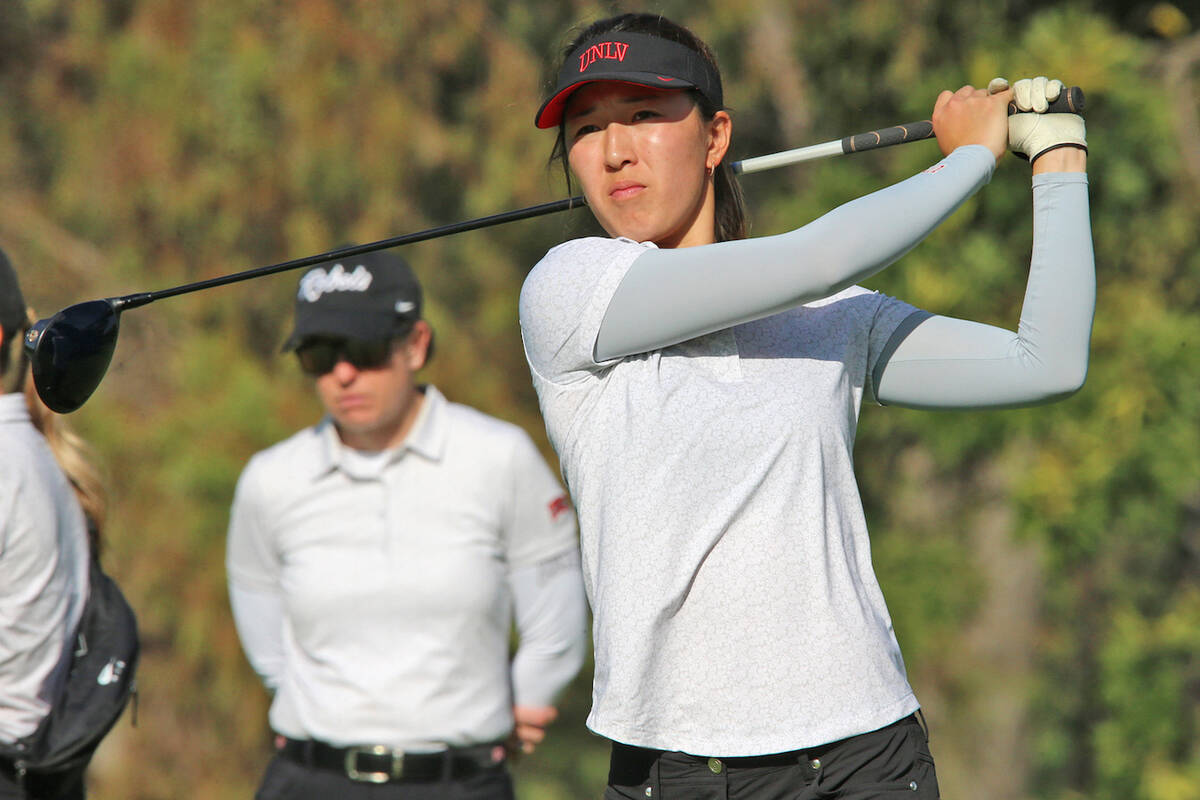A closer look at the 11 players the Raiders selected in the NFL draft:
Ashton Jeanty,
RB, Boise State
■ Pick: First round (sixth overall)
■ Hometown: Jacksonville, Florida
■ Size: 5 feet, 9 inches, 215 pounds
■ Role: He will be the featured back from day one. Jeanty still has work to do in the passing game and with ball security, but he was picked to take the field early and often.
■ Scouting report: “Jeanty is a total package backfield playmaker with impressive balance, footwork, vision, explosiveness and big-play ability — reminiscent of Alvin Kamara. He is a first-round offensive weapon who can succeed behind any blocking scheme.” — PFF draft preview
■ Grade/analysis: B. Ordinarily, a first-round running back would earn a much lower grade because of how much value a team sacrifices by addressing the position so early. But the top three defensive players were off the board, and the Raiders need to find a way to improve their running game.
Jack Bech,
WR, Texas Christian
■ Pick: Second round (58th overall)
■ Hometown: Lafayette, Louisiana
■ Size: 6 feet, 1 inch, 214 pounds
■ Role: There should be more than enough reps available at wide receiver for Bech, who will give the offense a physical presence at the position. He could prove to be a difference-maker immediately on third down with his ability to get to the sticks and use his body to seal off defenders to make the catch.
■ Scouting report: “He’s physical at the top of the route and has a rebounder’s feel for owning catch space once he gains top positioning. His hands are sticky and strong with elite catch focus from any spot on the field. He’s fearless and physical as a runner, but needs more nastiness as a run blocker. Bech’s lack of explosiveness could shrink his work space, but the focus should be on his pro-ready toughness and ball skills that make him a projectable possession target with WR3 upside.” — NFL draft analyst Lance Zierlein
■ Grade/analysis: B+. Bech isn’t an explosive playmaker, but he should contribute early.
Darien Porter,
CB, Iowa State
■ Pick: Third round (68th overall)
■ Hometown: Bettendorf, Iowa
■ Size: 6 feet, 3 inches, 195 pounds
■ Role: He’s still developing his understanding of how to play cornerback, particularly in man coverage. But he should be one of the team’s core contributors immediately on special teams, and he has the elite physical traits to be a star on defense if the switch can flip for him.
■ Scouting report: “The ceiling here is a legitimate starting corner who can match up with the NFL’s new breed of supersized receivers. His combination of length, speed and ball skills is exactly what teams are looking for on the outside in today’s game. While age is a minor concern, Porter’s rapid development curve and elite athletic traits suggest he could develop into a quality starter by year two.” — NFLDraftBuzz.com scouting profile
■ Grade/analysis: B. His lofty ceiling leaves the door open to far exceed expectations, and his special teams ability gives him a safe floor. He was worth the risk.
Caleb Rogers,
OG, Texas Tech
■ Pick: Third round (98th overall)
■ Hometown: Mansfield, Texas
■ Size: 6 feet, 5 inches, 312 pounds
■ Role: He has been listed as a tackle and an interior lineman, but the Raiders expect to play him inside and compete for a spot on the depth chart as one of the rotational guards. Rogers is more steady than spectacular and could develop into a starter.
■ Scouting report: “The ceiling might not scream Pro Bowl potential, but Rogers brings immediate depth with starter upside by year two. His positional versatility creates roster flexibility, allowing teams to develop specialized talent while Rogers serves as the offensive line equivalent of a sixth man in basketball. ” — NFLDraftBuzz.com scouting profile
■ Grade/analysis: C+. He’s the kind of player and person organizations need in the locker room and should be a welcome addition, but it might have been a bit early.
Charles Grant,
OT, William &Mary
■ Pick: Third round (99th overall)
■ Hometown: Portsmouth, Virginia
■ Size: 6 feet, 5 inches, 311 pounds
■ Role: He could push for playing time immediately at swing tackle or even more depending on how the Kolton Miller contract situation plays out.
■ Scouting report: “The development arc for Charles Grant projects as one of the more fascinating tackle storylines in this class. His wrestling-infused playing style, exceptional athletic traits and technical foundation provide NFL teams a moldable piece of clay with legitimate starting tackle upside. What he lacks in raw mass, he compensates for with functional movement and competitive edge that can’t be taught.” — NFLDraftBuzz.com scouting profile
■ Grade/analysis: A. His film is dominant, and he has played at a consistently high level throughout his collegiate career. If he can handle the huge step-up in competition, he could provide great value.
Dont’e Thornton Jr.,
WR, Tennessee
■ Pick: Fourth round (108th overall)
■ Hometown: Baltimore
■ Size: 6 feet, 5 inches, 205 pounds
■ Role: It remains to be seen how often he will be on the field, but when he is, he will run a lot of vertical routes to force defenses to back off the line.
■ Scouting report: “Long, linear target whose primary function is to take the top off defenses. His route tree is limited, so two-high safety looks could park him in the garage. He’s average after the catch on short throws, but plays as big as he measures, winning contested catches on all three levels. Thornton is a low-volume target with erratic production, but teams looking for vertical juice should have him on their boards.” — NFL draft analyst Lance Zierlein
■ Grade/analysis: C. A deep threat is a good thing and was a needed addition for the Raiders and new quarterback Geno Smith, but his game might be limited.
Tonka Hemingway,
DT, South Carolina
■ Pick: Fourth round (135th overall)
■ Hometown: Conway, South Carolina
■ Size: 6 feet, 3 inches, 294 pounds
■ Role: He doesn’t have a true position, as he’s stuck in that gray area between defensive tackle and defensive end, but he’s versatile. He can generate a pass rush inside and has even dropped in coverage. He’s also good at deflecting passes at the line of scrimmage. At this point, he feels like a situational piece on passing downs.
■ Scouting report: “ His ability to penetrate and disrupt in the backfield will make him an attractive option for teams looking to bolster their interior pass rush. While he may not be an every-down player immediately, Hemingway’s versatility and high motor suggest he could carve out a significant role in the right system.” — NFLDraftBuzz scouting profile
■ Grade/analysis: B. His role could be a bit niche, but if he can generate pressure up the middle, he could prove beneficial for the Raiders.
JJ Pegues, DT, Ole Miss
■ Pick: Sixth round (180th overall)
■ Hometown: Oxford, Mississippi
■ Size: 6 feet, 2 inches, 309 pounds
■ Role: At his best, he could see significant playing time, but it’s more likely he will get lost early in what is all of a sudden a crowded room. He could be a practice squad candidate.
■ Scouting report: “Pegues projects as a rotational talent at the NFL level. In a perfect storm of personnel moves around him, he could potentially be a starter, but he’ll be best optimized in a rotation that helps keep him fresh — as his combination of size and urgent play style will test his endurance. Pegues projects best to a penetration front as a B-gap defender.” — 33rd Team draft analysis
■ Grade/analysis: B. There is enough upside to make this a solid pick if he can eliminate some of the inconsistencies after not converting to the position until college. He also has an extensive history of playing fullback in short-yardage situations that could be an added value for a team without one on the roster.
Tommy Mellott,
QB/WR, Montana State
■ Pick: Sixth round (213th overall)
■ Hometown: Butte, Montana
■ Size: 5 feet, 11 inches, 200 pounds
■ Role: He was a quarterback in college, but tested off the charts athletically at his pro day and generated buzz as a conversion candidate to wide receiver and special teamer. He might take time to develop, but there are plenty of ways to use him.
■ Scouting report: “I want to be president of the fan club. He is going to be a process as someone to develop as a receiver, but you can’t test better. When he ran 4.39 and jumped 41 inches on his pro day … he’s super explosive as a runner. He’s elusive, he’s competitive, he’s tough. I think his immediate impact might just be as a returner as you’re trying to buy some time for him to develop as a receiver project. Everything I’ve got on the background stuff as a kid is off the charts. Like great kid. They love him there. They won a lot of football games.” — NFL draft analyst Daniel Jeremiah
■ Grade/analysis: A. This is the area of the draft to take these shots. He could be a home run or a strikeout, but the ceiling is there.
Cam Miller,
QB, North Dakota State
■ Pick: Sixth round (215th overall)
■ Hometown: Solon, Iowa
■ Size: 6 feet, 1 inches, 210 pounds
■ Role: He’s a long-term project who will have the chance to learn under Geno Smith.
■ Scouting report: “Miller is a four-year starter with average size and a history of winning games. He can read defenses, but isn’t going to wear them out with his decision-making. He lacks ideal anticipation and drive velocity into intermediate pockets of the defense and has instances on tape where he appears too hesitant to cut throws loose to open targets. Miller’s mobility works in his favor, but he fails to stand out enough to project NFL success.” — NFL draft analyst Lance Zierlein
■ Grade/analysis: B-. The Raiders wanted to find a young quarterback for Smith to tutor, and Miller is a winner even if he doesn’t have an eye-popping arm.
Cody Lindenberg,
LB, Minnesota
■ Pick: Seventh round (222nd overall)
■ Hometown: Anoka, Minnesota
■ Size: 6 feet, 2 inches, 236 pounds
■ Role: There’s not much on his film to suggest he’s ready for a regular role as an NFL rookie, but his understanding of the game and a lack of depth at the position should give him a chance to compete for time early in his career.
■ Scouting report: “Lindenberg was a multiposition athlete in high school before settling in at linebacker for Minnesota. He’s quick with solid recognition and communication skills, but his lack of ideal size and top-end speed may limit his ability to carve out a consistent role at the next level.” — PFF Draft preview
■ Grade/analysis: C-. It’s probably a position that should have been addressed sooner.
Adam Hill Las Vegas Review-Journal

